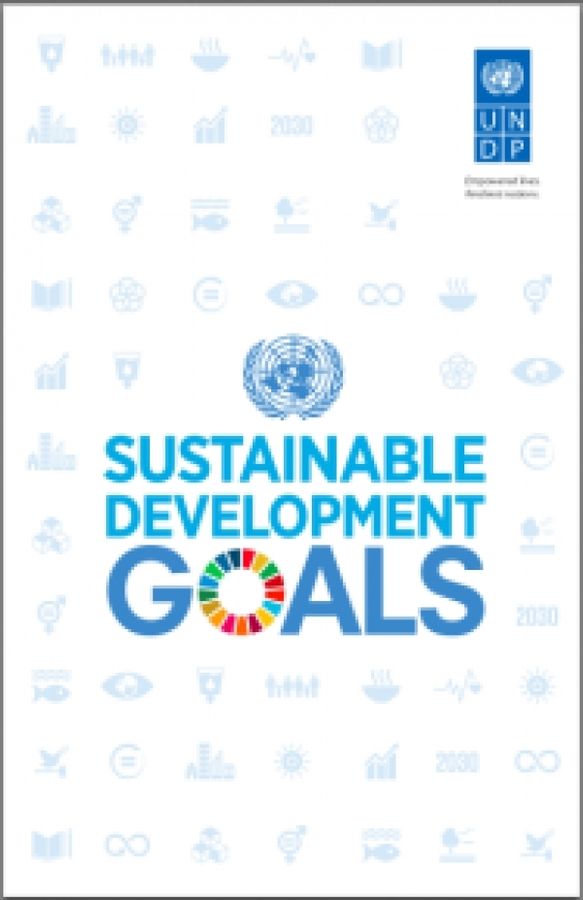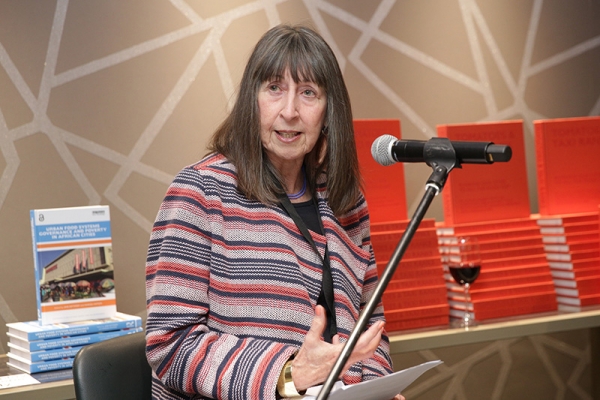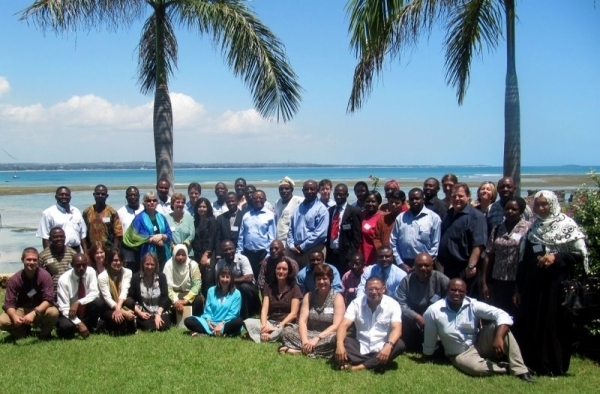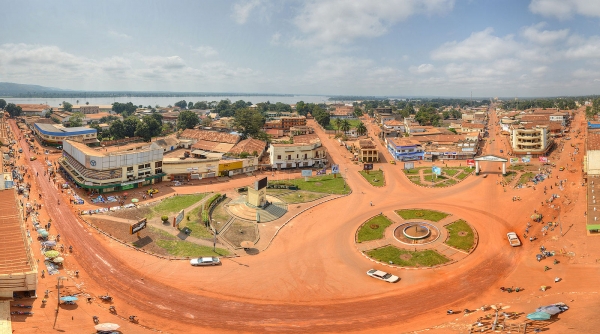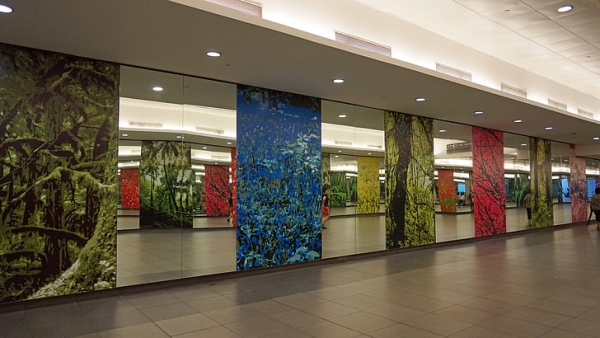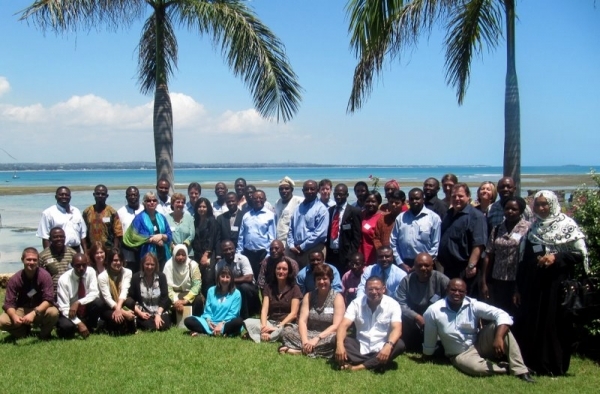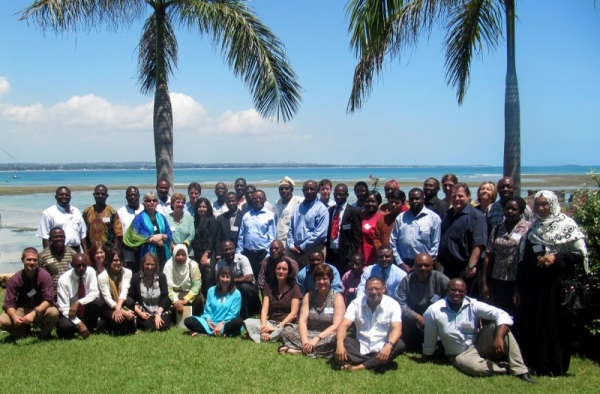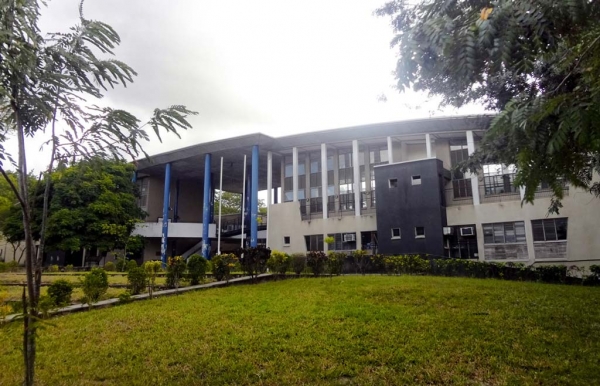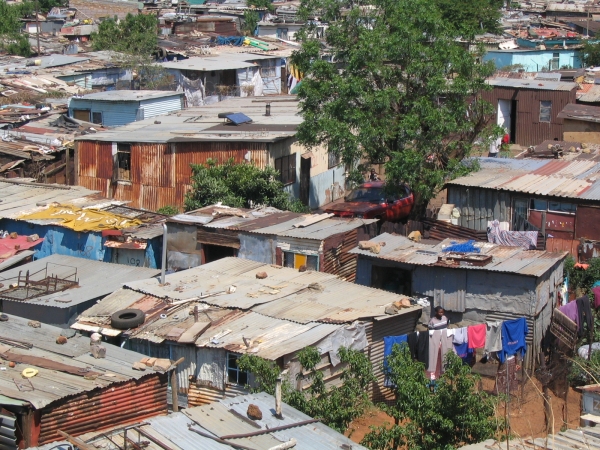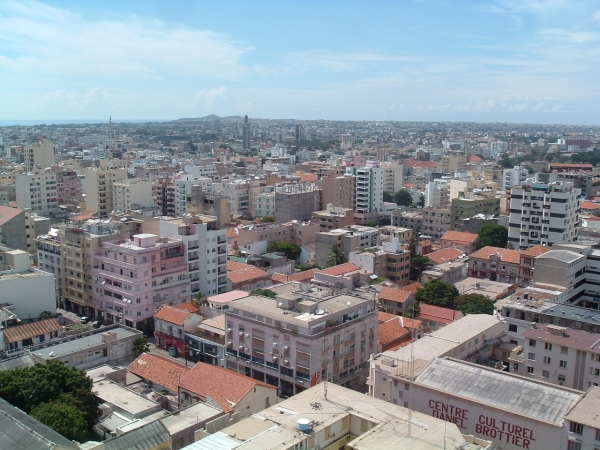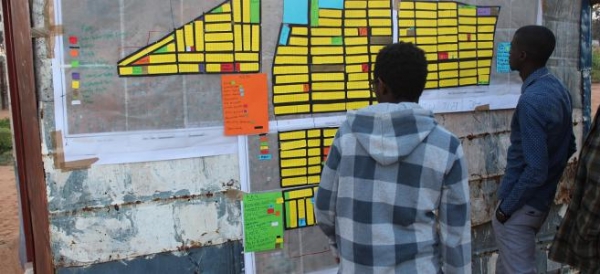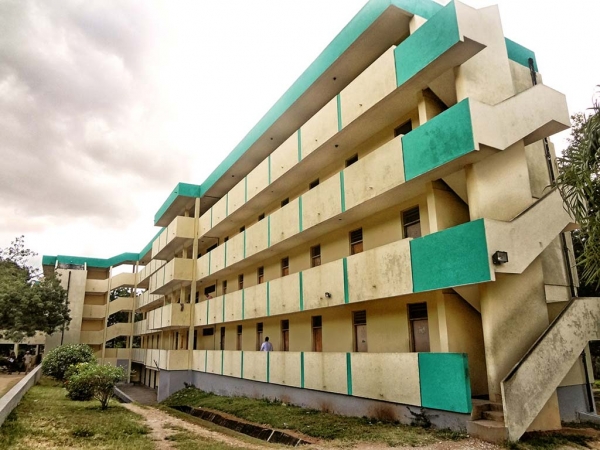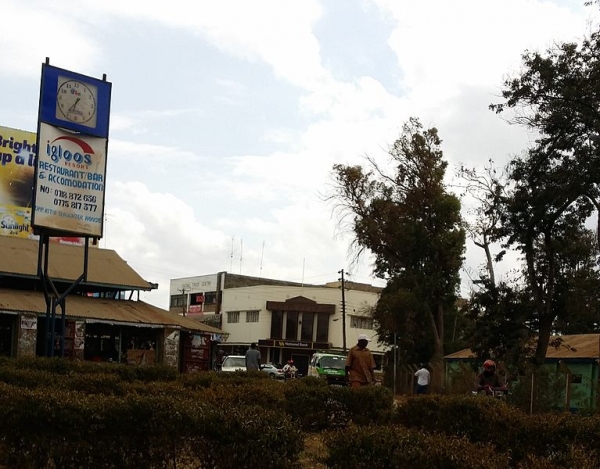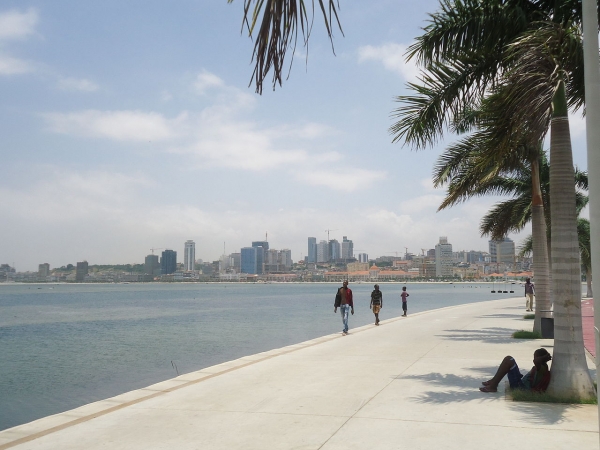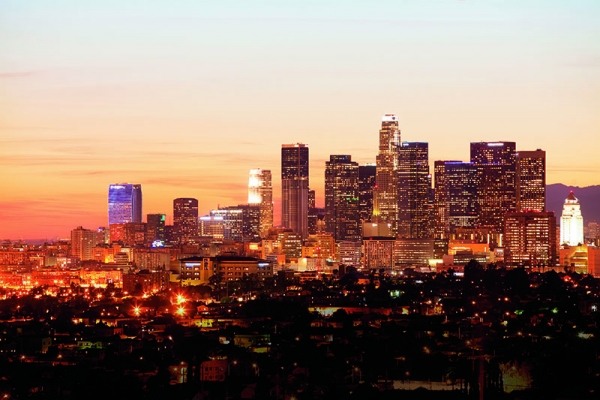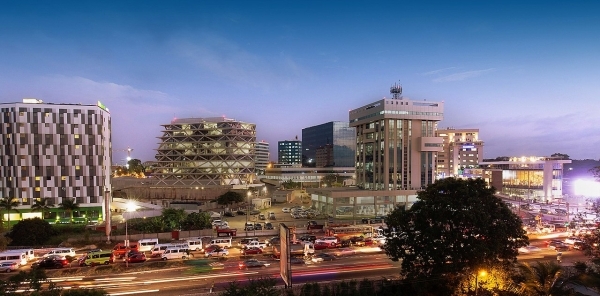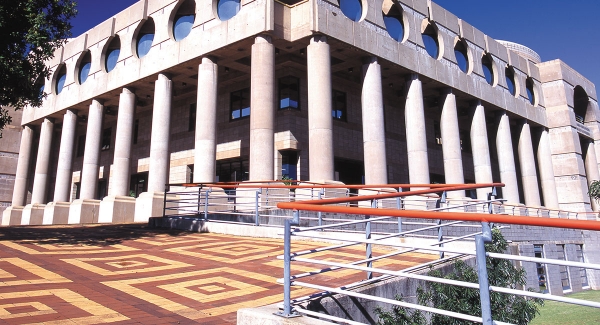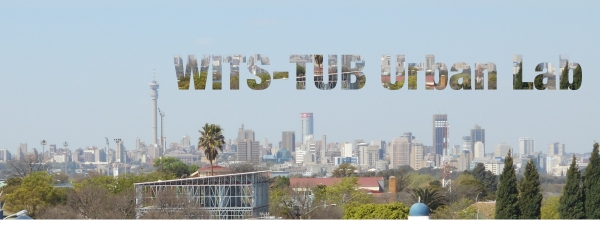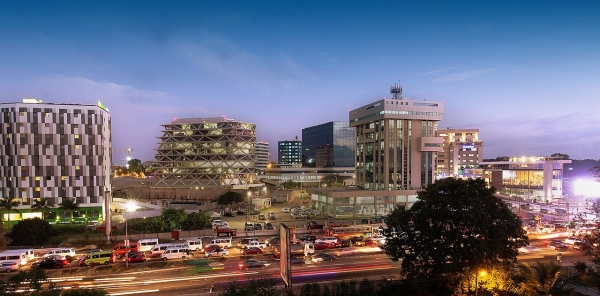The United Nations Development Programme (UNDP) has published an introductory booklet outlining the new Sustainable Development Goals (SDGs), which will frame the global development agenda for the next 15 years.
The SDGs build upon and extend the Millenium Development Goals (MDGs), which will expire this year.
The MDGs were largely concerned with reducing levels of extreme poverty, which in turn was equated with eliminating and preventing slums, and promoting sustainable access to water and sanitation in cities. However, the indicator for MDG1 (aiming to halve extreme poverty) sought to measure poverty only in a narrow monetary sense. This served to make other forms of poverty experienced by marginalized groups relatively invisible.
The content of the SDGs shows that, while poverty will remain a primary concern of the international development agenda (with reducing poverty seen as an indispensable requirement for sustainable development), the SDGs will expand the MDG focus on poverty. The SDGs will emphasise the need to reduce various forms of inequality and exclusion in order to combat poverty. They will therefore include a greater focus on the promotion of social equity, drawing on a multidimensional definition of poverty (i.e. that is not limited to income-based measures). This shift in emphasis from the MDGs to SDGs will result in more developmental attention being given to:
- How inequalities within and between countries act as drivers of poverty.
- How individuals and groups experience poverty through exposure to risk, and through multiple human rights deprivations (including being denied access to natural resources, basic services, education, economic resources, land, new technology, as well as participation in decision-making processes).
- How poverty and inequality are promoted and perpetuated through stigma and discrimination against particular members of society (e.g. women, young people, indigenous peoples, disabled people).
- How urban areas present specific challenges relating to poverty and access to infrastructure, and the need to empower local and regional governments and partnerships to address these challenges.
In addition to recognising the multidimensional nature of poverty and its links to inequality, the SDG process also reveals other key related shifts in development thinking towards:
- A view of cities as ‘vectors of change’, with sustainable urban development seen as the key to sustainable development more generally. This is linked to an expanded emphasis from cities (as specific geographic locations and sites of development interventions) to include the process of urbanization and its impacts on urban-rural interactions and long-term environmental issues (e.g. resource extraction, energy use, waste generation).
- An acceptance of ‘planetary limits’, seeing economies and markets as subservient to the capacity of various planetary life support systems.
- A stronger emphasis on universal rights and a rights-based development approach.
- Recognising the need for stronger states (rather than just stronger civil societies) and effective decentralization as key to sustainable development.
- The need to develop universal goals and indicators in combination with targeted national, regional and local indicators.
Click here to download the UNDP booklet.

